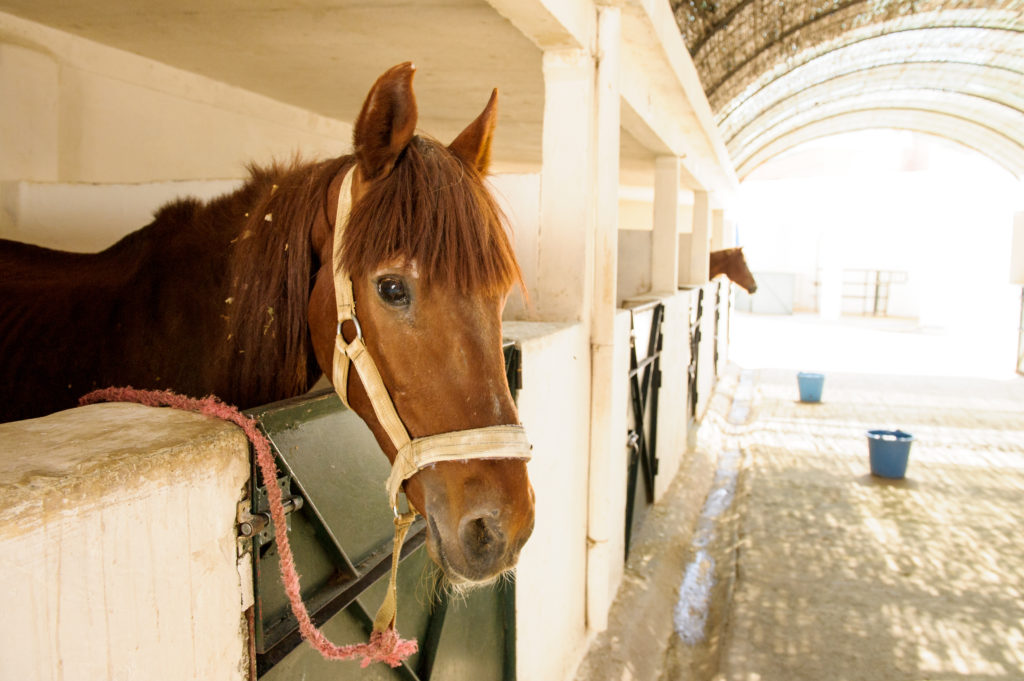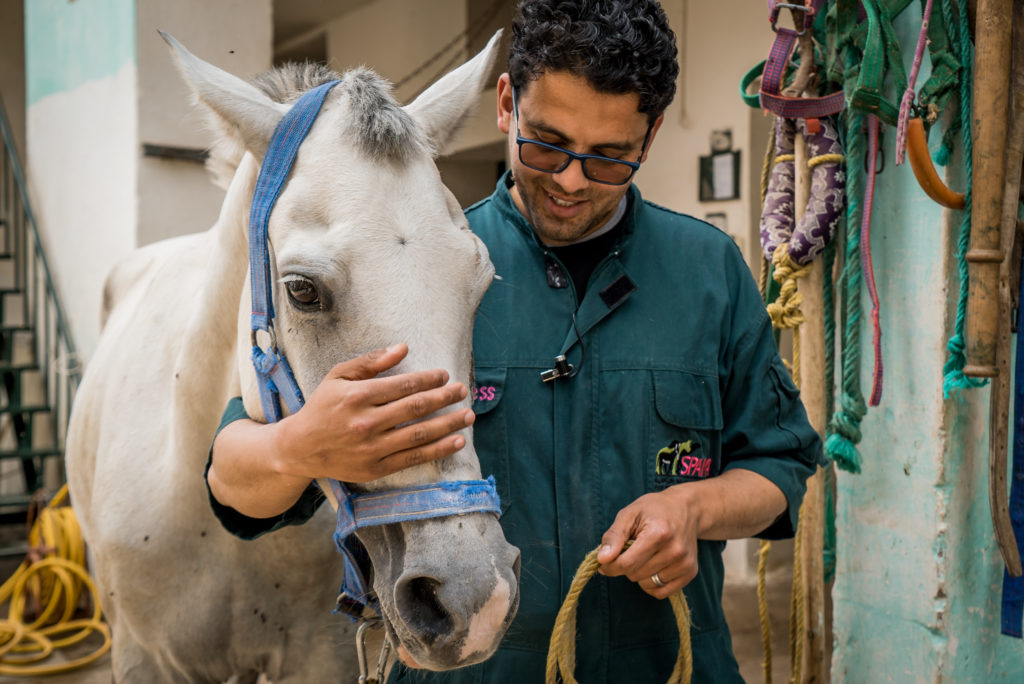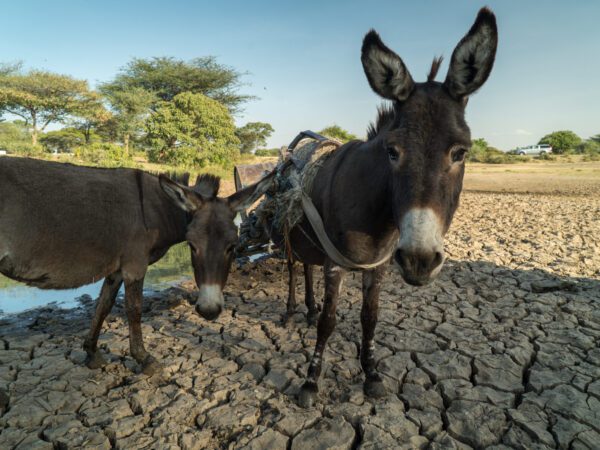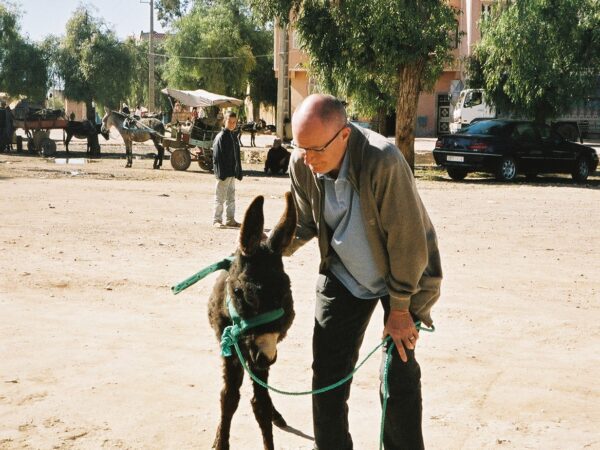How to Look After Horses: The Basics
Are you thinking about getting a horse? If so, that’s wonderful – they are beautiful animals and great companions. However, they also represent a major commitment and we strongly recommend seeking expert advice and avoiding rushing into anything. Looking after horses takes time, love and attention, and, frankly, it isn’t cheap, so please consider this carefully when making a decision.
Below is a basic guide on how to look after horses. It isn’t an exhaustive list, but it should give you a rough idea of what to expect.

Where to keep your horse
The first thing you need to think about when looking after horses is where they are going to live. Do you have enough land at home to keep a horse? If not, ‘boarding’ your horse at a stable is your only option.
Boarding at a stable
There are many benefits of keeping your horse at a stable. It allows it to socialise more with other horses and humans, and you will get to be part of a community with experts and other equine lovers.
However, keeping your horse at a stable doesn’t mean you won’t have to work hard. Your horse will need daily visits and you will be solely responsible for its wellbeing.
Keeping your horse at home
If you have land and would like to keep your horse at home, building a stable or suitable shelter is vital, so that your horse can escape the elements. In a country like the UK, where the weather can be harsh, it’s important that your horse has somewhere to go when needed.
The stable should:
- be well ventilated, but not draughty
- be free from sharp objects or anything a horse can injure themselves on
- be tall enough that the horse doesn’t knock its head
- be wide enough that the horse can walk around and sit down
- have extra space for bedding, hay and food
- be mucked out (cleaned) every day.
You should follow all of the above points if you are boarding your horse at a stable too.
Providing a good night’s sleep
Horses can sleep standing up, but they sleep better when lying down. This requires adequate bedding in the stable so they can be comfortable, and this should be kept clean to avoid potential health issues.
The inexpensive option is straw. While it is warm and comfortable, it needs more maintenance as it can contain fungal spores. It helps to keep the straw dry and covered. Wood shavings are a better, but more expensive, option as they are more hygienic. It’s important to check what types of wood shaving are appropriate for horses, as some can be toxic.
Mucking out a stable
You’ll need to clean out the stable every day to prevent any hygiene issues with your horse. You must:
- remove any droppings from the bedding, using a shovel and wheelbarrow
- dispose of the droppings far away, so they cannot be smelled from the stable
- disinfect the floor and wait for it to dry
- refill the stable with clean, fresh bedding
- clean doorways and alleys to dispose of excess muck.
Paddocks
Your horse will also need a paddock – a safe space that is big enough for exercise and grazing. A paddock should always be fenced, ideally with wooden or electric materials. There should be no sharp edges, gaps or elements where horses are able to injure themselves. The fencing should also be high enough so that the horse cannot jump over it.
You might initially have to plant your pasture if it isn’t currently sufficient for grazing. It’s important to plant the right grass, which can differ depending on the climate and time of year. You should ask your local vet for advice.
Your pasture will need to be maintained too. Every day, you should keep an eye out for poisonous plants (ask your vet) and holes in the ground and along fences. Manure should be removed at least once a week. If the pasture is small, it will need to be removed more often.

Feeding your horse
Food
Feeding your horse correctly is vital. Horses prefer to nibble and graze throughout the day rather than eating large meals, so it’s important to have something on offer at all times. However, you should be weighing the food so that your horse isn’t eating too little or too much.
What and how much you feed your horse will depend on their breed, size and daily activities. The British Horse Society says that, generally, horses need to eat roughly 2.5 per cent of their body weight each day, with most of their food being hay, haylage or grass (roughage).
Most horses will also require supplements to make sure they’re getting essential nutrients. It’s best to see a vet or nutritionist to understand what supplements and food your horse requires, as needs differ from horse to horse.
Horses need a balanced diet. However, occasional treats are allowed! Almost any fruit or vegetable is a great snack for a horse. Apples and carrots are traditional favourites, but you can safely feed them fruit such as grapes, strawberries, bananas, pumpkins or raisins too.
Drink
It is crucial that your horse is provided with clean, fresh water every day. Horses drink a lot and need at least eight gallons daily.
Some owners use buckets as it’s easier to measure how much water their horse is drinking. Some prefer to use a trough that is connected to a water pipe, meaning it is constantly topped up. But it can be hard to know whether your horse is under or over-drinking, and sometimes the pipe can freeze in winter, so you need to pay attention to prevent this from happening. Placing a heater in the trough can help.
If you use buckets to provide water, these should be cleaned at least twice a day. A trough should also be cleaned regularly to avoid anything nasty growing inside.
Keeping your horse healthy
Looking after horses doesn’t stop after you’ve safely homed them and provided food and water. There are many additional things you must do to ensure your horse is healthy and happy.
Exercise
Your horse should exercise every day – more than grazing and wandering around the paddock.
Start by warming up your horse by encouraging a 10-minute walk or trot. Once they’ve warmed up, riding and non-riding exercises – like swimming or giving them toys to play with – maintains fitness and helps build stamina. Cooling down is important too. Another 10-minute walk followed by spraying them down with water, drying them off and brushing is sufficient. You should also wait for your horse to cool down before feeding it.
Checking for health issues
Foot problems are common for horses, especially if they aren’t cared for properly. Owners should pick their horse’s feet daily to get rid of stones, rocks or other objects that might harm the foot or cause bacterial infections like thrush. You will also need a blacksmith to trim your horse’s feet every month or so, depending on whether they have shoes or not.
Filing a horse’s teeth must be done, as their teeth can become sharp, making chewing painful. This is a job for the vet to carry out at least once a year. However, you must inspect the horse’s mouth frequently to check for problems. If you notice any sharp edges, nasal discharge, coughing or any food dropping out of their mouth, there may be an oral issue.
Your horse needs to be checked by a vet at least once a year. The vet will provide vaccinations, deworming treatment and a full health assessment. Not doing this can lead to significant problems later on.
Summary
Looking after horses is a huge commitment and not something to take lightly. Hopefully our basic guide on how to look after horses has helped outline how much care and attention a horse needs. Many horses don’t receive this and are neglected, causing illness and disease, as well as unhappiness.
At SPANA, our vets provide treatment to horses, donkeys and other working animals around the world that have no access to veterinary care. They also educate owners on how to look after their animals better. Learn more about what we do at SPANA and how you can help animals get the help they deserve.



